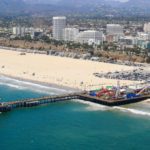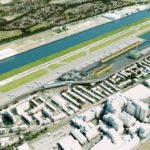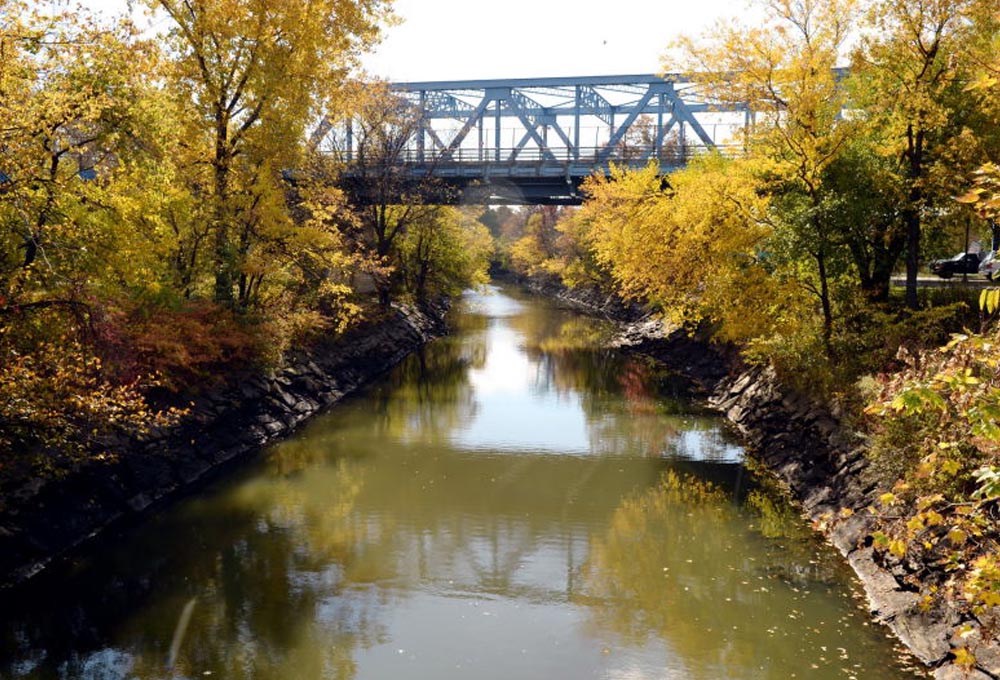Summary
Starlight Park is situated in the Bronx neighborhood of New York City and lies along the Bronx River in a 25-acre green space. After its initial use as an amusement park, a plan has been developed by various civic organizations and city and state agencies, all contributing to becoming a public park. After a multi-year development and long negotiations regarding constructing the pedestrian bridge over the train tracks, the project is expected to be finalized within 2021. The New York State Department of Transportation, the Bronx River Alliance, the New York City Department of Parks and Recreation, the New York City Department of Design and Construction and others worked with a design team including NV5, Starr Whitehouse, Kiss + Cathcart, WSP, and Hardesty & Hanover to complete Phase I in 2013, while Phase II is currently in construction. Being a critical part of a greater project with sustainable values and vision (the Bronx River Greenway), Starlight Park’s main targets are:
• To contribute to the ecological restoration of the Bronx River.
• To expand public access to the Bronx River on both sides.
• To add a critical link to a 23-mile bike and pedestrian route along the river.
• To increase the Bronx’s resilience to storms and flooding by naturalizing shorelines and restoring wetlands.
• To convert the abandoned industrial area into a greenspace.
Starlight Park is a capital project with considerable financial backing from various sources. After describing the timeline’s funding, the paper timeline focuses on the standard process that Parks capital projects follow towards their development. Although the available economic data is not adequate to lead to specific outcomes regarding the economic benefits of the particular project, its economic impact on the surrounding neighborhoods and the city is briefly described. A discussion regarding city parks’ benefits is also included in the paper to point vestments should give priority to the public also describes how a sustainability-related infrastructure project that has been awarded several times for its environmental performance is having difficulty in achieving an Envision award mainly due to the late Envision application and the lack of essential documentation. Since the Envision assessment is currently in progress, the paper compares the results from the first review’s score with the expected scoring stated by the project team. The project’s performance in each Envision category is discussed, highlighting the Envision credits in which it achieved the highest and lowest results.
Research director
Prof. Spiro Pollalis
Research core team
Olga Tzioti, Research Associate
Case study written by
Olga Tzioti, Research Associate




